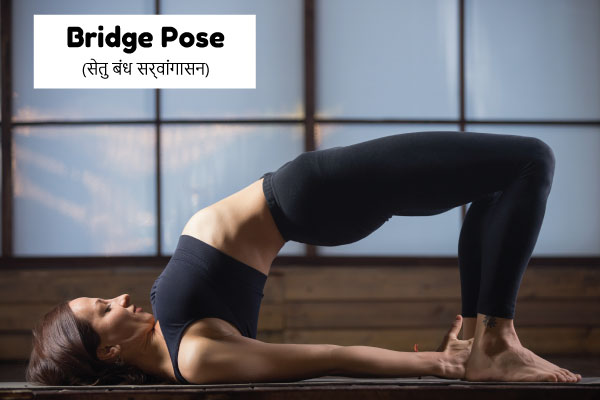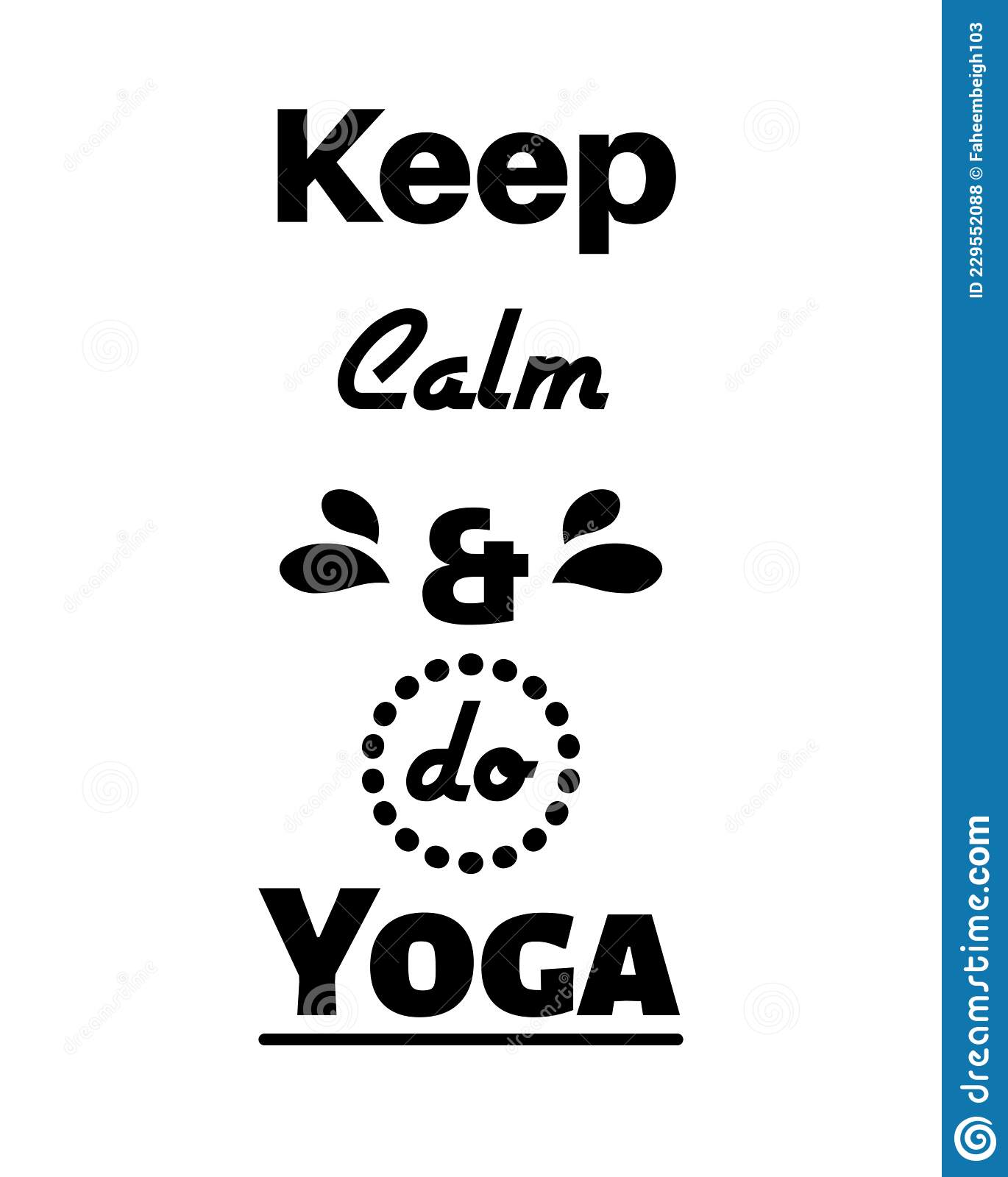
Many people experience knee pain while practicing yoga. It can be the best therapy for your specific condition, even though it might sound counterintuitive. Outside Learn offers in-depth courses in yoga, nutrition and fitness. To find the best class for you, click on the links below. You can find a class that suits your schedule and level of pain.
The butterfly position is one of most popular yoga knee pain exercises. You will be seated with your soles together and your knees bent. This is a great exercise to improve hip flexibility and your groin. To avoid further stress on the knees, you may choose to perform this exercise with slightly bent or straight legs. In order to avoid straining your knees, you should switch sides if you are experiencing any discomfort.

For your knees to be safe during a yoga class, the micro-bend in your leg is crucial. This posture prevents hyperextension. Additionally, it stimulates your knee muscles which in turn increases strength. Lunges can be a good yoga posture for knee pain. However, it is important to be gentle and allow your body to adjust. Yoga can not provide quick relief, but it can reduce pain and improve your joint health.
If you have knee pain, the best yoga pose for it is the kneeling pose. It can be done using blocks, towels, or folded blankets. Keep your hips in this position by pulling your calf muscles back. During this pose, you should pull up on your knee and pull back your buttock flesh. For five to eight deep breaths, hold the position. You can hold the position for longer if you are able.
The best way to stretch your knees is by doing a knee-healing position. It can put a lot pressure on your knees and cause ligament strain. If you have sensitive knees or joint pain, it is best to avoid this position and consult a doctor if needed. Consult your doctor if you have had an injury in the past. This will allow you to get the proper treatment and diagnosis. Yoga is a great way to strengthen your knees and ease your pain.

Some types of yoga can cause knee pain. You should avoid placing pressure on your knees by avoiding asanas. However, you can modify these poses in order to reduce pressure on your knees. A yoga block can be used to relieve pressure and pain from your knee. These blocks will help you to balance well while in the pose. If you have suffered a knee injury, it can be useful to modify some asanas. Contact a doctor immediately to prevent discomfort from happening during yoga.
FAQ
What are some examples?
Any condition that causes distress or impairment to functioning is called a mental disorder. Examples of mental disorders include depression, anxiety, bipolar disorder, schizophrenia, borderline personality disorder, obsessive-compulsive disorder, post-traumatic stress disorder, eating disorders, substance abuse, and others.
What is the impact of mental health on our daily lives?
Everybody experiences mental illness at some time in their lives. The only difference between someone with mental illness, and those without, is the fact that they do not seek help. Talk to someone about something you are feeling. There are many options for dealing with anxiety, depression, stress, such as medication, therapy, exercise, diet and meditation.
What can I do about mental health issues?
It's not always easy to prevent mental illness. These are some tips to remember:
-
Don't drink alcohol. You can have a negative effect on your mood and increase your chance of getting depressed.
-
Avoid using drugs. Avoid using drugs.
-
Get enough sleep. Sleep deprivation can make you feel anxious and depressed.
-
Exercise regularly. Exercise can release endorphins, which make you happy.
-
Choose healthy foods. You can feel tired and unmotivated if you eat junk food.
-
Spend quality time with those you love. Spending quality time with the people you love can lift your mood.
-
Have fun. Enjoy your life and be open to new experiences.
-
You should take breaks from social media. Social media sites can make it difficult to feel alone and lonely.
-
Take care of yourself. Treat yourself nicely, even if you aren't feeling great.
-
Ask for help. Ask for help. Talking to a family member or friend can be helpful.
-
Remember to be kind and gentle with yourself. Crying helps to relieve tension and stress. It does not necessarily mean that something is wrong.
-
Be busy. Try to find something you like.
-
Make sure you have good hygiene. Bad hygiene can make it difficult to feel attractive and clean.
-
Stay connected. Stay positive by connecting with others.
-
Learn how relaxation works. Meditation and yoga can be helpful in reducing stress.
-
Find meaning in what you do. Finding meaning in your hobbies or work can help you feel fulfilled.
-
Keep your eyes on the present moment. You won't worry about the future if you are focusing on the moment.
-
Set goals. It can be motivating to set goals.
-
Do something nice for yourself. Doing something nice for yourself can boost your self-esteem.
-
Practice gratitude. Gratitude is a way to be grateful for all the good in your daily life.
-
Volunteer. Volunteering can be a fun way to make a difference and spend your time.
-
Give back. Giving back can make you feel satisfied.
-
Watch out for warning signs. If you notice any changes in behavior, don't hesitate contacting help.
Statistics
- More than 50% will be diagnosed with a mental illness or disorder at some point in their lifetime.3 (cdc.gov)
- It means no drinking any alcoholic beverages and no taking any drugs that aren't 100% natural.
- Appropriate nutrition and exercise are likely among the most efficacious and cost-effective positive mental health interventions. (ncbi.nlm.nih.gov)
- More than 40 million adults in the United States have an anxiety disorder, but less than 37% of people seek mental health treatment for their symptoms. (talkspace.com)
- Similarly, for positive mental health, there is likely to be substantial agreement about some typical components (e.g., resilience to stress) 6, and controversy about more atypical components (e.g., career consolidation). (ncbi.nlm.nih.gov)
External Links
How To
How to handle stress
Stress is a normal part of life; however, when we feel stressed, we want to find ways to relax and relieve our tension. Stress can impact every area of your daily life. It can cause headaches and other physical problems, such as neck pain, backache, stomach pain, nausea, vomiting, diarrhea, constipation (insomnia, depression), anxiety, mood swings, muscle spasms, and stomach pain. You may even develop ulcers if you're under chronic stress.
There are many ways to reduce stress. Exercise is a great way to release endorphins. This makes you happy, relaxed, as well as calm. Meditation reduces stress levels by slowing down to take deep, calm breaths. Yoga is another great way to help reduce stress and improve overall health.
Learning how to manage stress and eliminating it completely is the best way to manage it. Ask someone who knows what to do if you are unsure.